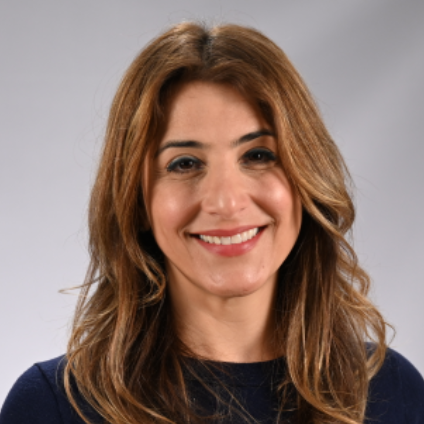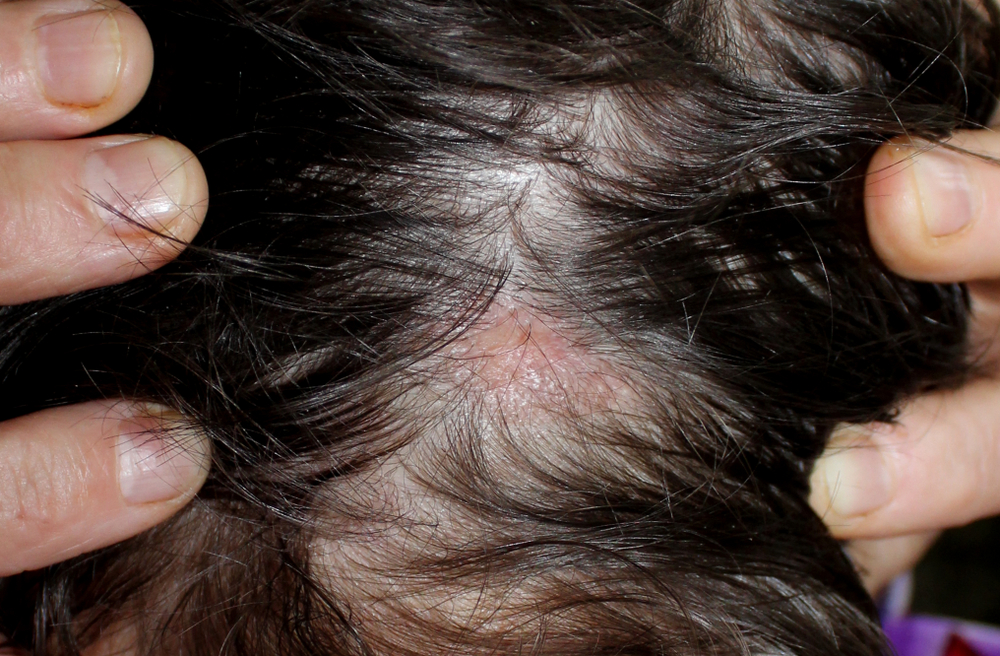Dr. Maryanne M. Senna discusses her study investigating the use of narrowband ultraviolet B phototherapy in adults with lichen planopilaris.

Maryanne M. Senna, MD
Assistant Professor of Dermatology, Harvard Medical School, Boston, Massachusetts
“Narrowband ultraviolet B (NB-UVB) phototherapy with a commercially available fiberoptic brush (Levia LiteBrush (The Daavlin Company) is an easy, self-administered procedure that should be considered as a primary or adjunctive treatment option for lichen planopilaris (LPP) and frontal fibrosing alopecia (FFA),” said Maryanne M. Senna, MD.
“Treatment with an excimer laser, which has a similar wavelength, can also be helpful,” she added. “The MOST important thing is that the correct light-based device be used when treating scalp disorders like LPP. Fluorescent lamp comb devices, LED devices, and devices with less output than the fiberoptic NB-UVB brush will not work the same.”
Dr Senna’s recommendation for use of the NB-UVB unit was based on the findings of a prospective pilot study investigating its efficacy and safety in adult patients with LPP.1 An unmet need for better treatment options for what is typically a hard-to-manage disorder was the motivation for conducting the pilot study, she said.
“I see hundreds of patients with LPP a year and have found that the available topical, intralesional, and oral treatment options are not great. Topical medications alone did not seem to be effective enough to halt progression of LPP, which leads to irreversible hair loss and scalp dysesthesias, and many patients are not good candidates for oral medications or prefer to avoid them.”
“NB-UVB has been used successfully for decades in dermatology to treat inflammatory conditions and Dr. Ethan Lerner had used the fiberoptic brush device successfully in a small group of patients with LPP. His positive results made me interested in studying its use in a larger group,” said Dr. Senna.
The study included 16 patients (mean age 56 years; 13 women, 3 men) who met the eligibility criterion for having an LPP activity index (LPPAI) score ≥ 2. Thirteen of the study participants had concomitant frontal fibrosing alopecia.
After undergoing a one-month washout of existing treatment, patients performed the NB-UVB phototherapy at home three times weekly for six months. Dosing was based on the regimen recommended for psoriasis with some modifications, according to Dr. Senna.
Over the six-month treatment course, the average number of self-administered sessions per patient was 57 and the average dose was 647.1 mJ/cm.
A target area identified as the site with the greatest level of clinical inflammation was marked with tattooing and evaluated for the primary endpoints that analyzed changes in the LPPAI scores for perifollicular scale and perifollicular erythema. In addition, the entire scalp was evaluated for change in total LPPAI score.
The results showed statistically significant improvements from baseline to six months were achieved in the mean scores for perifollicular scale (1.4 to 0.9, respectively), perifollicular erythema (1.4 to 0.7, respectively), and total LPPAI (2.3 to 1.06, respectively) (P ≤.03 for all comparisons). In addition, the majority of patients (56.3%) reported major improvement in scalp pruritus. Mean hair density and hair diameter assessed by trichoscopy were unchanged, said Dr. Senna.
“Not all patients improved, and our sample was too small to explore factors predicting response. However, it was my clinical impression that patients who had more inflammatory/active disease did better whereas those who had extensive scarring with less inflammation did less well.”
Ancillary studies were performed using punch biopsies of the scalp obtained in a subset of patients. RNA sequencing showed decreased expression (≥ 50%) of 289 protein-encoding genes, including inflammatory and immune response pathway genes and genes mediating fatty acid oxidation.
Histologic evaluations showed significant increases in cutaneous innervation, according to Dr. Senna.
“Chronic inflammatory conditions can be associated with nerve fiber reductions. The increased innervation seen post-treatment suggested to us that NB-UVB treatment normalized the scalp skin innervation, although the exact mechanism for the change is unclear.”
The treatment was well-tolerated. Transient erythema was noted following each treatment session. There were no serious adverse events.
Volunteered comments from patients and ongoing use of the treatment indicate high acceptability, she said.
“All of our patients completed the study and seemed quite happy with the NB-UVB device as a treatment option. Only one patient found it was too cumbersome and stopped the treatment right after the trial ended. Most of the other patients have continued to use the NB-UVB device since the end of the study, which was completed more than three years ago.”
Dr. Senna and colleagues recognize that the lack of a control group precludes ruling out that improvements corresponded to the natural disease course, she said.
“We would love to conduct a comparative study, but unfortunately we do not have the funding to support that research.”
By Cheryl Guttman Krader
Reference:
1. Pathoulas JT, Flanagan KE, Su MY, et al. A prospective pilot study of narrowband UV-B treatment of lichen planopilaris. J Am Acad Dermatol. 2022;87(3):703-705. doi:10.1016/j.jaad.2022.04.054.


